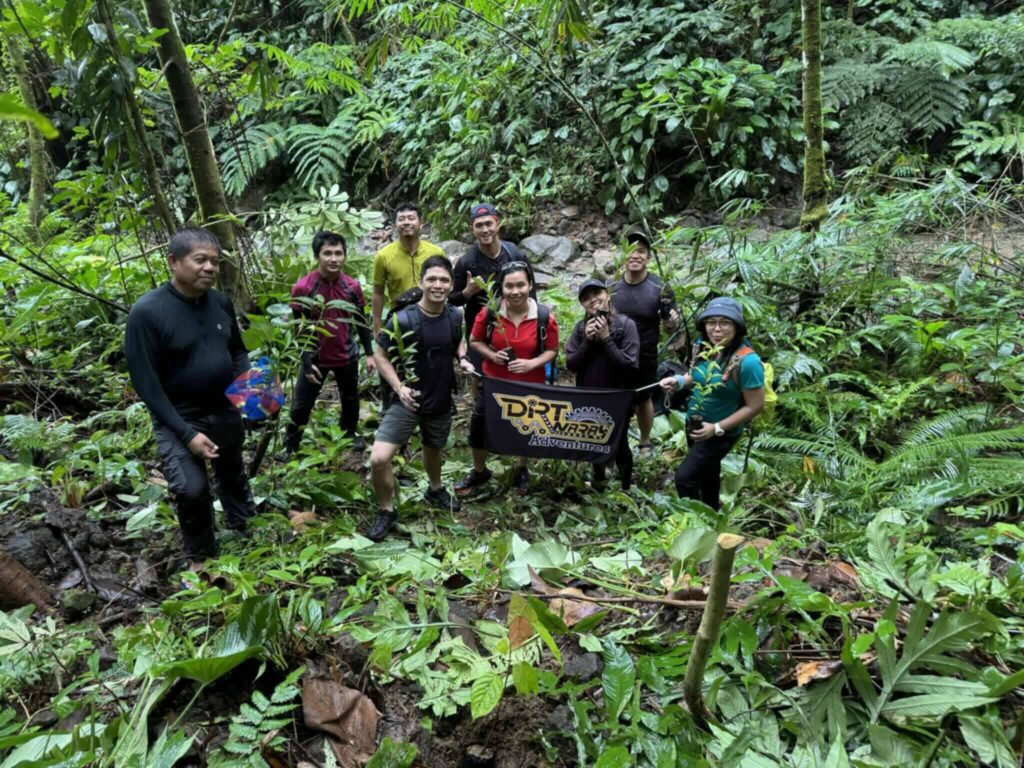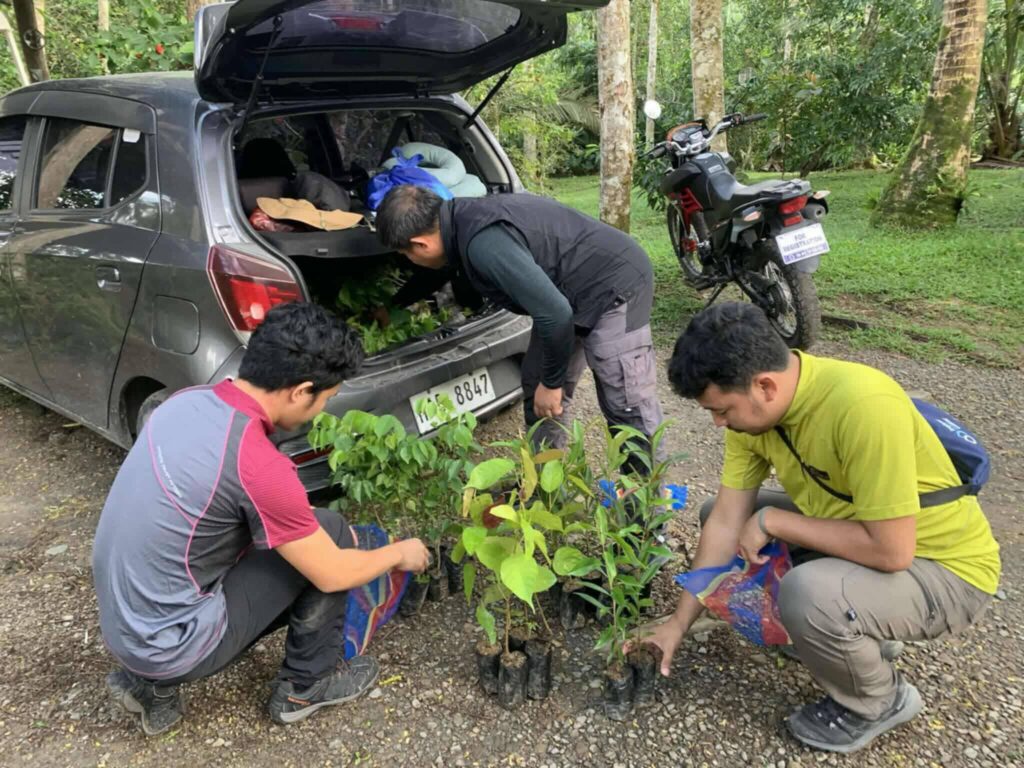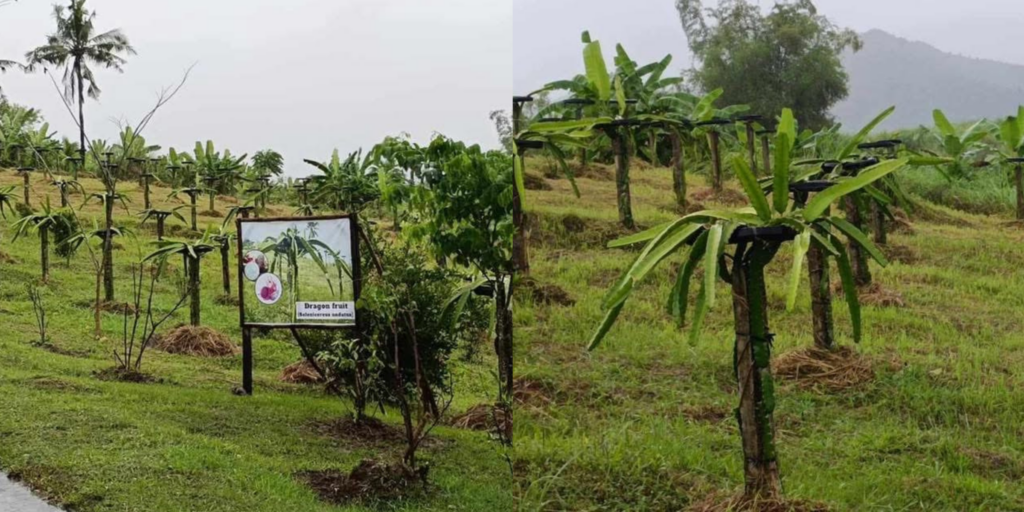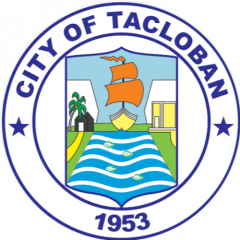
Tacloban City, Leyte — The City Environment and Natural Resources Office (CENRO) of Tacloban City has been steadfast in promoting the planting of native tree species, reinforcing efforts to protect biodiversity and bolster the city’s environmental resilience.
In collaboration with both government and private organizations, CENRO continues to support tree planting and nurturing activities. These initiatives emphasize the importance of using native trees that are naturally adapted to local conditions, making them more likely to survive, require less maintenance, and offer better support for local wildlife.
Forester Marito Barillo of CENRO highlighted the office’s assistance in tree-planting activities across various parts of the city, promoting species such as Bani, Talisay, Toog, White Lauan, Salingogon, and Banaba—trees native to the Eastern Visayas region. Barillo emphasized that these native species play a vital role in maintaining healthy ecosystems and supporting local communities.

The nationwide campaign to plant native and bamboo species is also backed by the Department of Environment and Natural Resources (DENR) through Department Memorandum Order (DMO) 2023-03. This directive ensures the free distribution of native tree seedlings to individuals, organizations, government agencies, NGOs, and tree-growing advocates. The order stipulates that “seedlings will be distributed at no cost to requesting parties,” aiming to guarantee the availability of free seedlings of native species for reforestation efforts.

Meanwhile, the Pocket Forest at the Tacloban Agricultural Crop Resources Hub (TACReH) in Barangay New Kawayan, maintained by the City Agriculture Office, has drawn attention not just from Taclobanons but from other municipalities as well. This initiative further raises awareness of the benefits of planting native species and serves as a model for urban greening and biodiversity conservation.

These concerted efforts underscore Tacloban City’s commitment to environmental sustainability and resilience. By prioritizing the planting of native tree species, the city not only enhances its ecological health but also sets a precedent for other regions aiming to balance development with environmental conservation.
